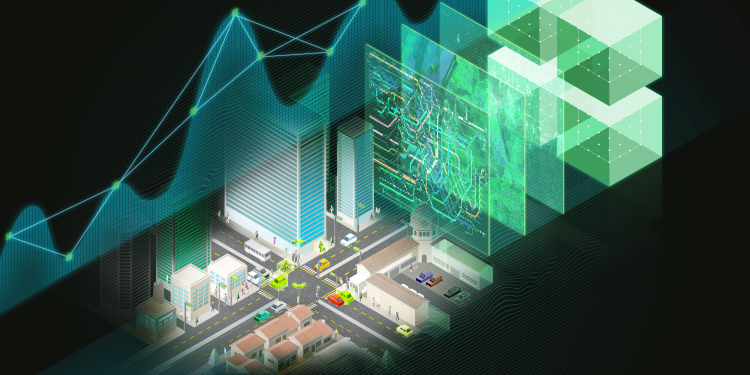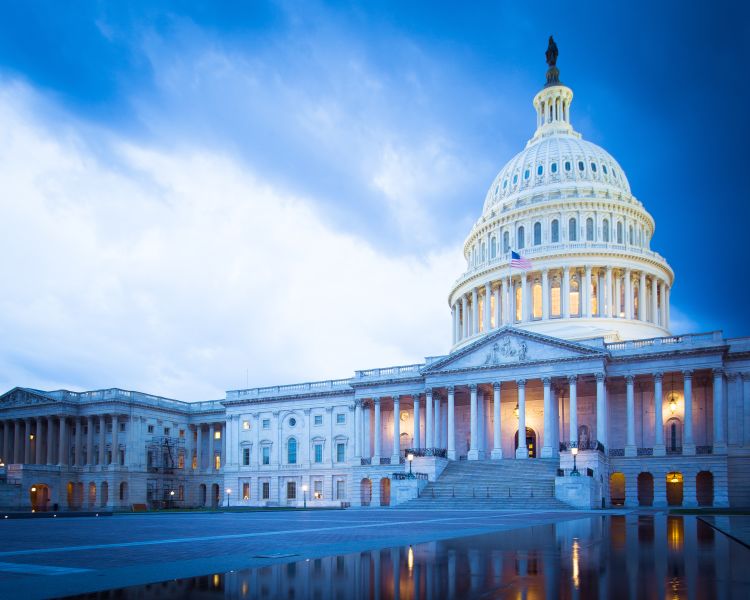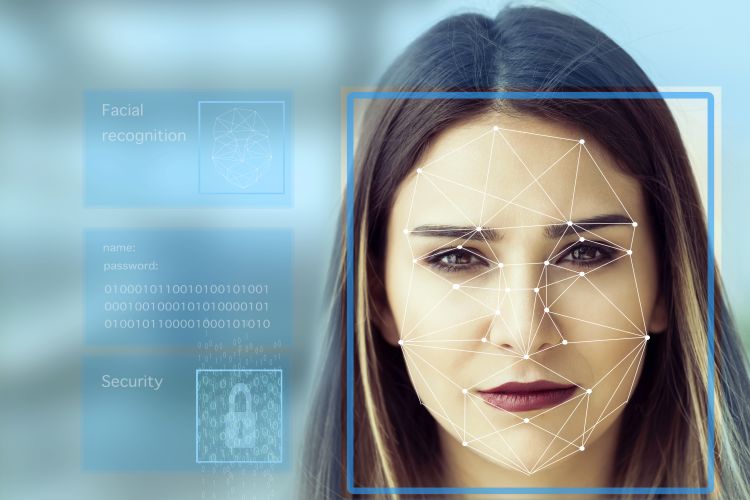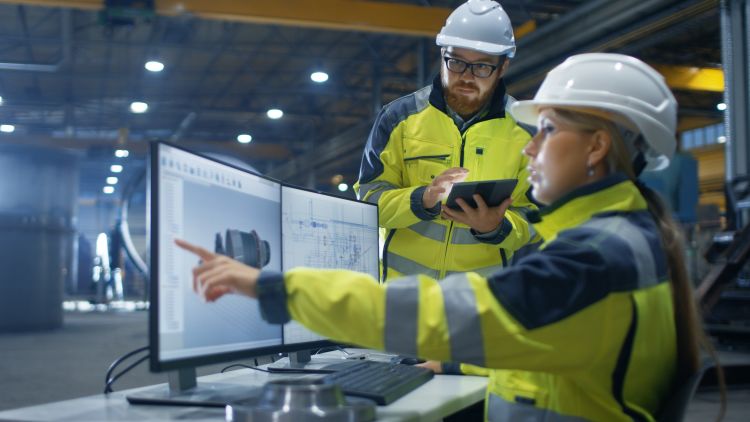Embracing the
Next Revolution
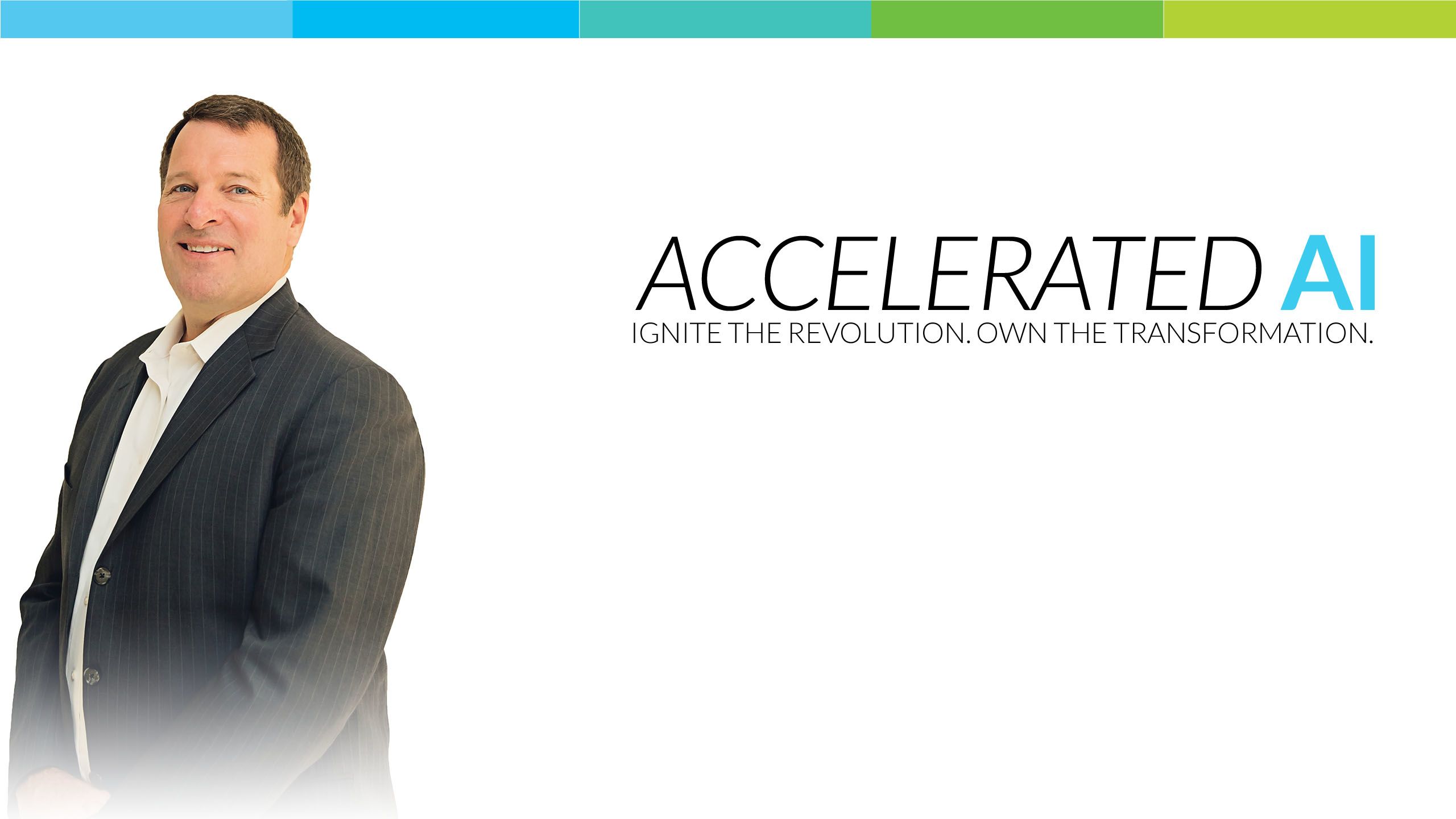

Artificial intelligence is no longer the stuff of science fiction. It’s with us all the time, every day – as we navigate traffic, book a flight, hail a ride, search for answers. If you carry a smart phone, you aren’t just interacting with AI. You’re relying on it.
Now we’re on the verge of a new revolution – one built on the advances in commercial cloud computing and massively scalable parallel processing: AI-enabled government.
“We’re making more progress with AI today than at any point since it’s conception decades ago,” says Anthony Robbins, vice president, North American Public Sector at NVIDIA, a Silicon Valley juggernaut that produces the underlying technology that is making these advances possible. “AI is real today, it’s happening now.”
NVIDIA pioneered the computational capabilities enabling today’s AI revolution. A few of NVIDIA’s high-performing graphics processing units, in concert with its CUDA parallel processing application programing interface (API), can do the work of many conventional computer processors across the domains of high performance computing: scientific computing, machine learning and deep learning.
Today that technology is foundational to AI solutions built into the offerings of Facebook, Amazon, Google and many others.
“The GPUs we ship are the hardware engines that are driving the revolution in commercial AI right now,” Robbins says. “We’ve invested literally billions of dollars in research and development to get us to this point, and we continue to invest more than $2 billion annually in our technology.”
AI is a reality today because of the confluence of those advances in hardware, concurrent revolutions in parallel and distributed processing, and the plunging cost of data storage. AI as a concept has existed for decades. But only recently have the tools been there to transform concept into reality.
NVIDIA, Dell EMC and GAI are working together to help organizations accelerate their path to artificial intelligence .

Government Leadership
The White House held a summit on AI for American Industry in May and the President’s Management Agenda released just two months earlier called for increased automation to improve the efficiency of government services, and to maximize federal data sharing with the public. The General Services Administration is conducting pilot programs in robotic process automation, data-driven decision-making, and finding other ways to incorporate AI into government systems.
“The opportunity is enormous for government right now,” says Robbins, his eyes brightening and his arms stretching wide. “There is infrastructure in place today with cloud service providers that wasn’t there just a few years ago. That’s NVIDIA GPUs and CUDA. And there are companies – large and small – building out new AI capabilities on top of that infrastructure right now. It’s not science fiction anymore.”
Federal agencies are actively employing AI to detect movement and changes in video analysis, to accelerate passenger check in and manifest confirmation at airports and to identify suspicious activity on government systems and networks. Not only can computers tackle these challenges faster and more accurately than ever before, their underlying machine learning algorithms continually improve performance over time.
The Air Force and Navy are looking at AI to crunch maintenance data on aircraft, engines, ships and other systems to increase military readiness while driving down maintenance and logistics costs. If they can accurately predict when components or subsystems are at risk of failure, they can replace those parts before they fail.
“These are massive data sets,” says Robbins. “But with the power of parallel processing, AI can spin that data into knowledge.”
Every system today, whether it flies, floats, drives or stands still, is a network unto itself, an orchestrated package of sensors and computers working in concert to gather, process and communicate data.
It’s only recently, however, that it’s been possible to turn that data into knowledge. Extracting useful information from terabytes of performance data was too big a problem before – like finding needles in a haystack, Robbins says – but today, with GPU-accelerated computing, AI machine learning and deep learning can extract those needles and turn them over to experts for more detailed examination.
“The federal agencies have the data – that’s the haystack. They’re rich in data,” Robbins says. “That data is the fuel. No different from energy we extract from the earth. Yes, it needs to be processed and refined. Labeling the data takes time. But you know what? When you can mine it for understanding, you produce gold.”
“The biggest challenges to implementing AI today are not about technology, but about the human capacity to change."

The People Opportunity
Preaching the data and AI gospel is easier in some circles than others.
“The biggest challenges to implementing AI today are not about technology, but about the human capacity to change,” Robbins says. “Mid-level managers and employees will be the ones responsible for executing change. They have to understand what is possible and how to make this happen.”
That’s what NVIDIA is focusing on now.
Working closely with partners Dell EMC and GAI, NVIDIA wants to attack that knowledge gap and raise awareness and understanding about what AI can do and how it can be applied to real-world problems and opportunities.
“This is about change and transformation,” Robbins says. “The people who own today’s infrastructure will have to build out the new infrastructure. They are critical to this transformation.”
Indeed, the federal sector can be broken down into three distinct constituencies: agency leaders, including chief information officers and chief technology officers; digital natives in the millennial generation who expect technology to solve more of their problems; and program managers and infrastructure owners who sit in between those two groups and must actually implement these solutions.
While sometimes criticized as the “frozen middle,” these managers are actually burdened with the complex task of maintaining today’s systems while trying to find the time and resources to implement replacements – all while complying with innumerable laws and regulations controlling everything from the data they gather to the technology needed to process and collect it.
“We have to bring them along, educate them,” Robbins says. “We’re trying to inspire the work that has to occur. We want to help. We’re at a unique point in history today. For the first time, we have a processing platform that can match up to the vast amounts of data the government produces. And at the same time, we have a growing appetite for transformation.”
Now, technology modernization and AI represent a clear point of unity regardless of which branch of government or party leaders represent. “This is happening, it’s happening now,” Robbins says. “In cyber, in healthcare, in science, in platform sustainment, in humanitarian response, in homeland security, in national defense. These are all places where AI can make a meaningful difference. It can save lives, save money, and improve services. We just have to have the imagination to think of the use cases and give it a try.”
To learn more about how AI can impact government agencies, visit NVIDIA here.


